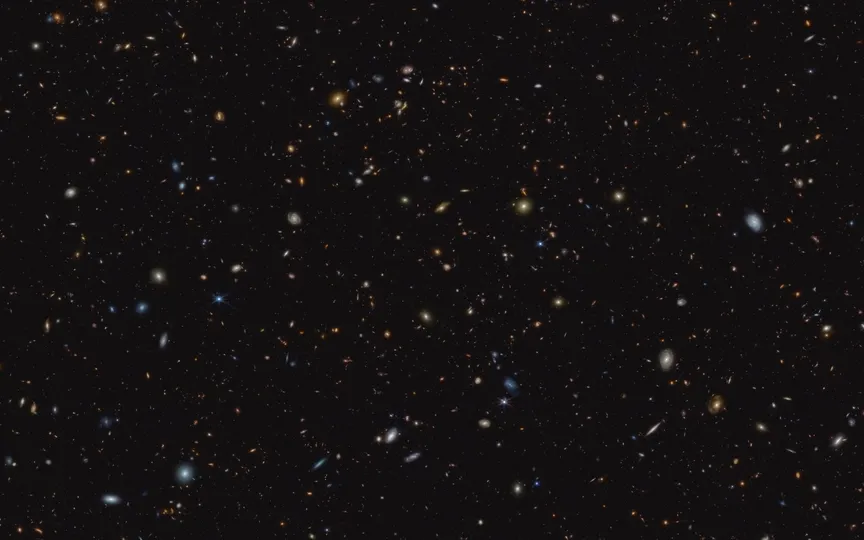Light from galaxies obscured by gas from the Big Bang is captured by NASA’s James Webb Space Telescope.
For many years, space agencies and other institutions have dedicated their efforts to studying the universe. Despite this, scientists are still actively researching the evolution of galaxies and theories surrounding the Big Bang in order to enhance their understanding. To conduct these studies, space scientists and researchers have relied on advanced telescopes like NASA’s James Webb Space Telescope. In a recent discovery, this telescope has detected a faint light originating from an early galaxy, significantly expanding scientists’ knowledge beyond what was previously theorized. Explore the details of this groundbreaking finding.
Discoveries of the James Webb Space Telescope
JWST has captured light emitted billions of years ago from some of the earliest galaxies in space, according to an ESA report. However, these lights are rare and unusual because they are found in the thick gas of the Big Bang. These shielding gases prevent light from early galaxies from reaching our solar system. This light could help astronomers understand what exactly happened in the early universe. Callum Witten, an astronomer at the University of Cambridge who led the new Webb study, said: “One of the most puzzling questions raised by previous observations was the detection of light from hydrogen atoms in the early universe, which should have been completely blocked by the pristine neutral gas that formed after the Big Bang.”
We are on WhatsApp channels. Click to join.
According to researchers, the light captured by the James Webb Space Telescope is not just from one of the earliest galaxies, but comes from “clusters of galaxies.” It has now been found that in the early universe such galaxies were not as far away as they are now. Galaxies were much closer together, and collisions and mergers were common events. Therefore, our universe was quite active and energetic, leading to the formation of new stars, black holes and explosions.
Now scientists are being encouraged to study more of the earliest galaxies using the Webb Telescope to understand how different galaxies, including our Milky Way, came to life.
Also read today’s top stories:
Apple Vision Pro and the future: Apple is already planning future workplace applications for the device, including using it for surgery, repairing airplanes and teaching students. Know what the gadget is ready to do here.
Cyber-skulduggery is becoming a problem of modern life. In 2022-2023, almost 94,000 cybercrimes were reported in Australia, a 23% increase on the previous year. Here you can protect yourself.
AI for good or bad? If rapidly evolving artificial intelligence achieves its lofty goal of digital immortality—as its proponents believe it can—will it be a force for good or evil? Read all about it here.




